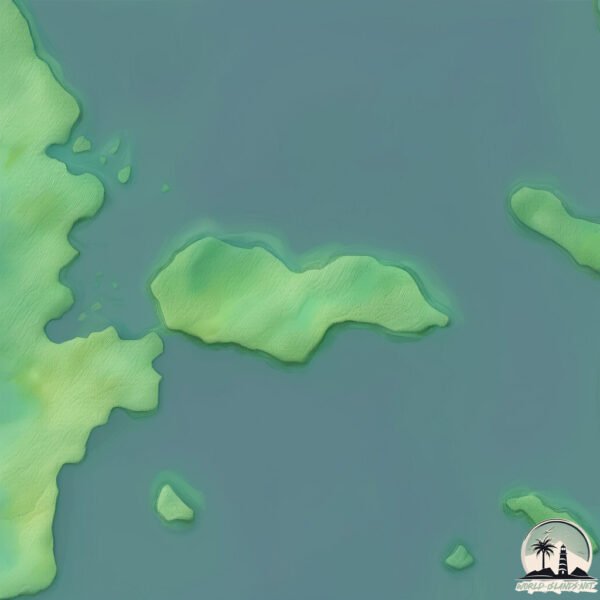Welcome to Oak Island , a Continental island in the North Atlantic Ocean, part of the majestic Atlantic Ocean. This guide offers a comprehensive overview of what makes Oak Island unique – from its geography and climate to its population, infrastructure, and beyond. Dive into the details:
Geography and size of Oak Island
Size: 0.614 km²Coastline: 3.7 kmOcean: Atlantic OceanSea: North Atlantic OceanContinent: North America
Oak Island is a Tiny Island spanning 0.614 km² with a coastline of 3.7 km.
Archipel: –
Tectonic Plate: North America – Covers North America and parts of the Atlantic and Arctic Oceans, characterized by diverse geological features and varying levels of seismic activity.
The geographic heart of the island is pinpointed at these coordinates:
Climate and weather of Oak Island
Climate Zone: ContinentalClimate Details: Warm-Summer Humid Continental ClimateTemperature: Warm Summer
Climate Characteristics: Features warm summers and cold winters with consistent precipitation, common in higher latitudes.
Topography and nature of Oak Island
Timezone: UTC-04:00Timezone places: America/La_PazMax. Elevation: 7 m Mean Elevation: 5 mVegetation: Deciduous Broadleaf ForestTree Coverage: 13%
The mean elevation is 5 m. The highest elevation on the island reaches approximately 7 meters above sea level. The island is characterized by Plains: Flat, low-lying lands characterized by a maximum elevation of up to 200 meters. On islands, plains are typically coastal lowlands or central flat areas.
Dominating Vegetation: Deciduous Broadleaf Forest
Vegetation: 2 vegetation zones – Low Diversity Island
Infrastructure and Travelling to Oak Island
Does the island have a public airport? no .
Does the island have a major port? no .
The mean population of Oak Island is 140 per km². Oak Island is Moderately Inhabited. The island belongs to Canada .
Continuing your journey, Cape LaHave Island is the next notable island, situated merely km away.
Shocking End to a Historic Season (Season 12) | The Curse of Oak Island
After a year of historic discoveries, the team installs their final steel shaft hoping for something big! See more in this clip from ...
Shocking End to a Historic Season (Season 12) | The Curse of Oak Island
After a year of historic discoveries, the team installs their final ...
After a year of historic discoveries, the team installs their final steel shaft hoping for something big! See more in this clip from ...
Oak Island Treasure Found, History Channel Confirms the Discovery!
The legendary Oak Island treasure has finally been found! After years ...
The legendary Oak Island treasure has finally been found! After years of searching, groundbreaking discoveries have confirmed ...
The Oak Island Treasure Has FINALLY Been Discovered Near Smith's Cove!
The Oak Island Treasure Has FINALLY Been Discovered Near Smith's Cove! ...
The Oak Island Treasure Has FINALLY Been Discovered Near Smith's Cove! The Oak Island treasure has finally been ...
Canada is classified as Developed region: G7: Group of Seven – Major advanced economies, including Canada, France, Germany, Italy, Japan, the United Kingdom, and the United States. The level of income is High income: OECD.
News – Latest Updates and Headlines from Oak Island
Stay informed with the most recent news and important headlines from Oak Island. Here’s a roundup of the latest developments.
Loading...
Please note: The data used here has been primarily extracted from satellite readings. Deviations from exact values may occur, particularly regarding the height of elevations and population density. Land area and coastline measurements refer to average values at mean high tide.

